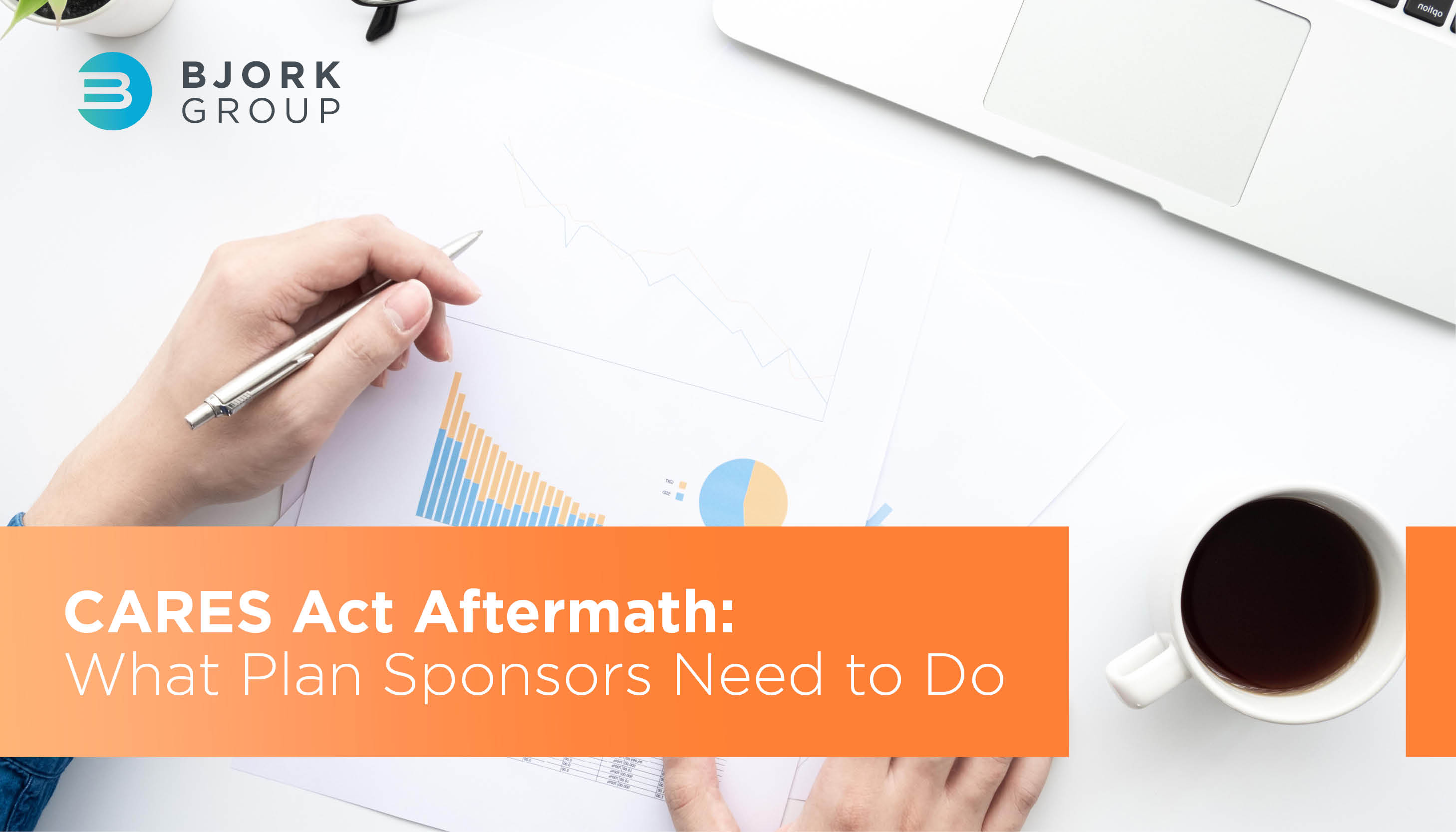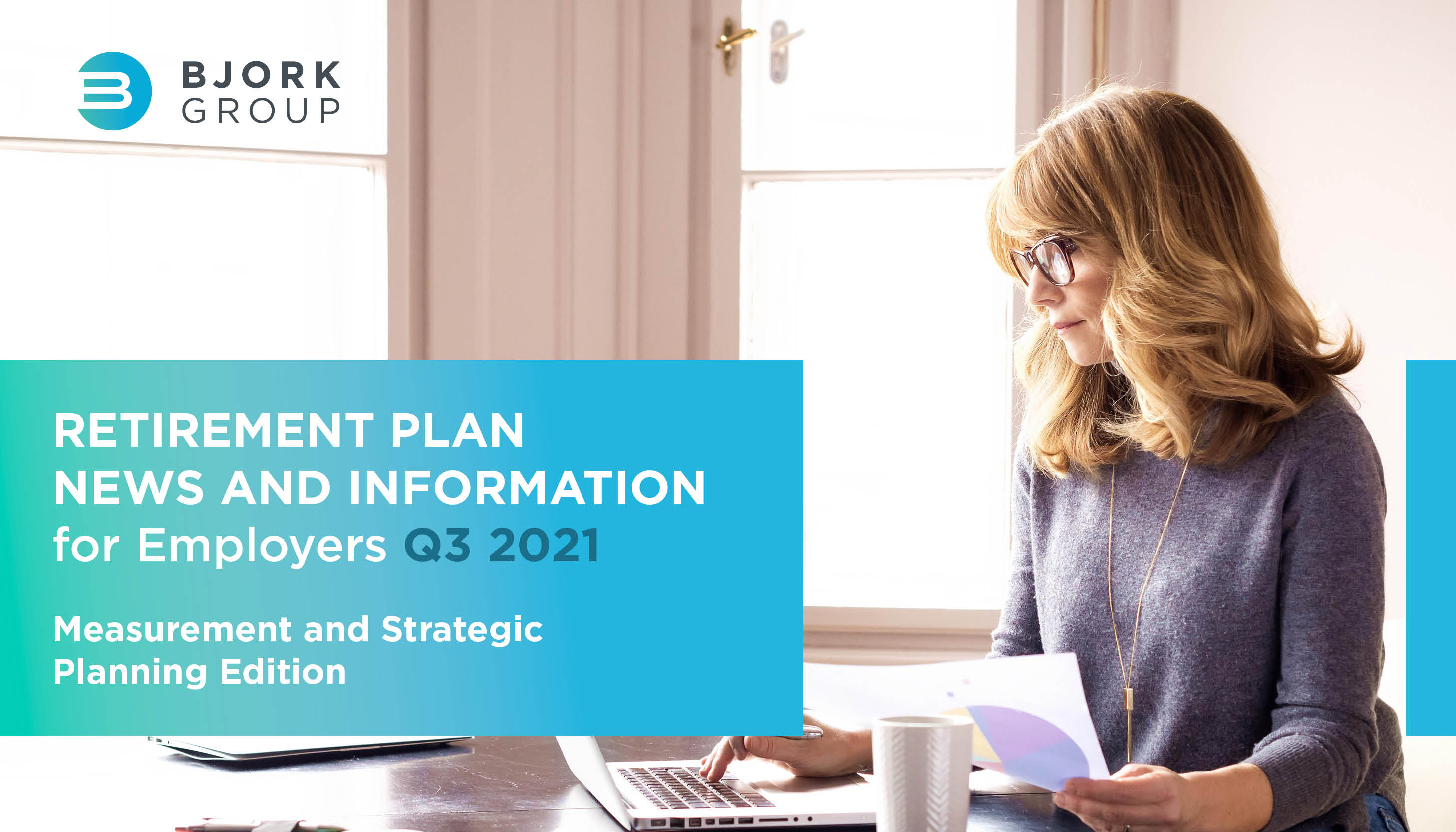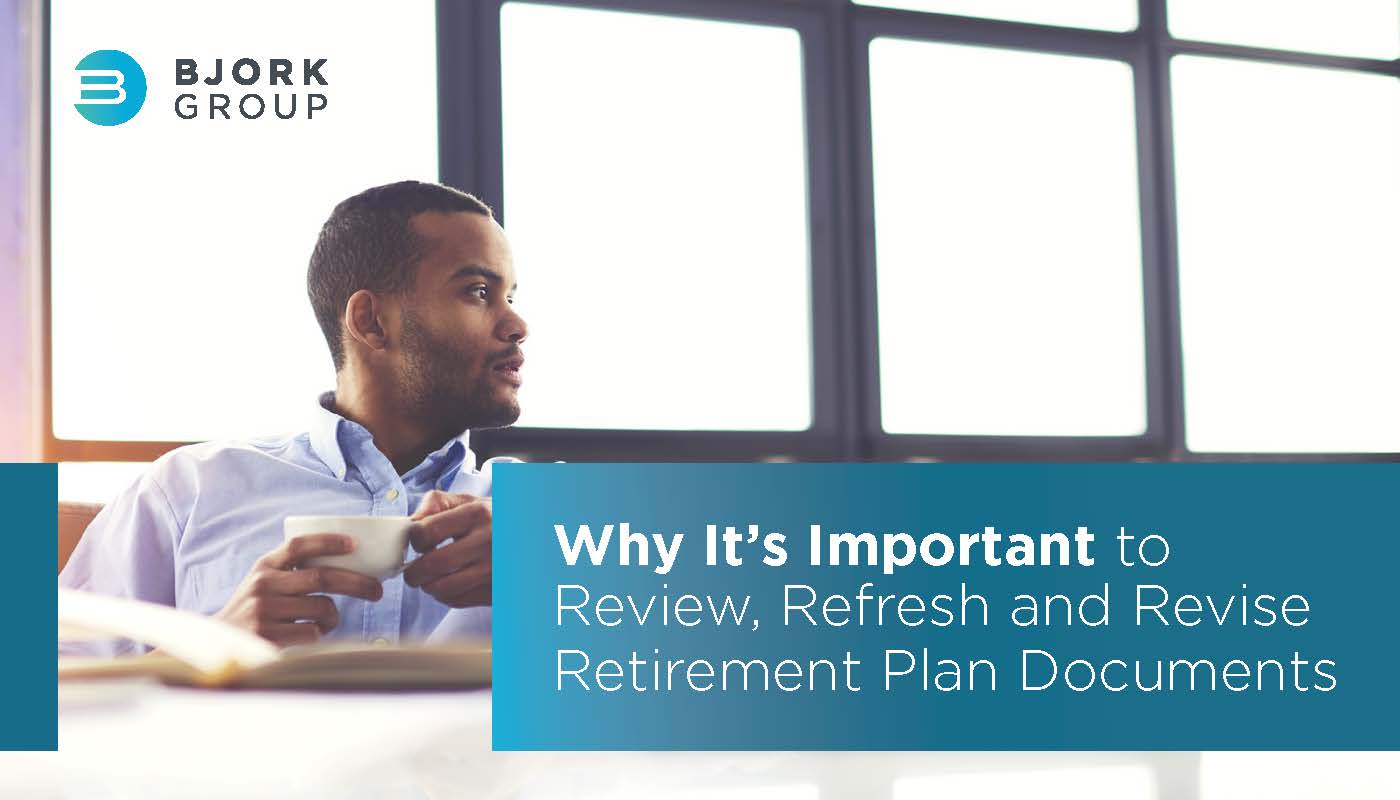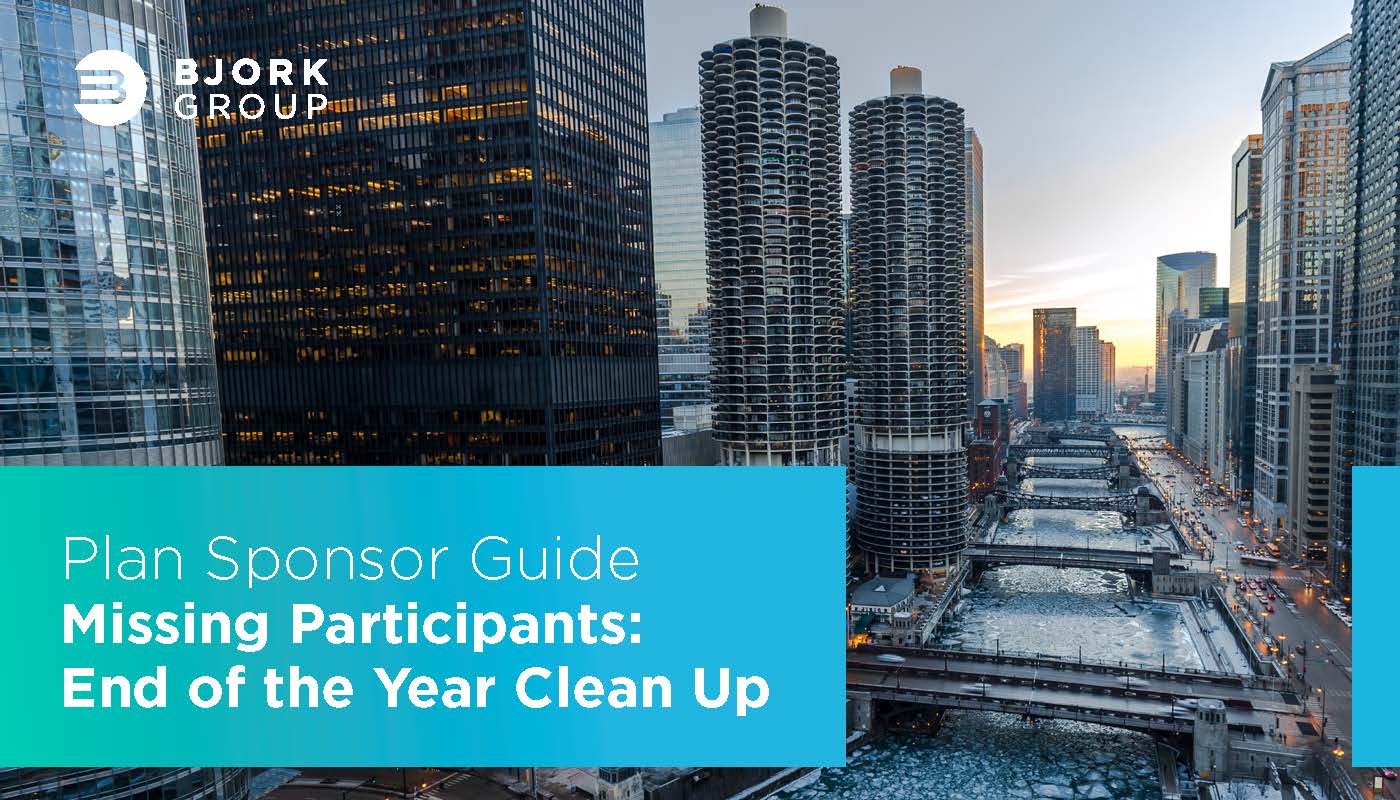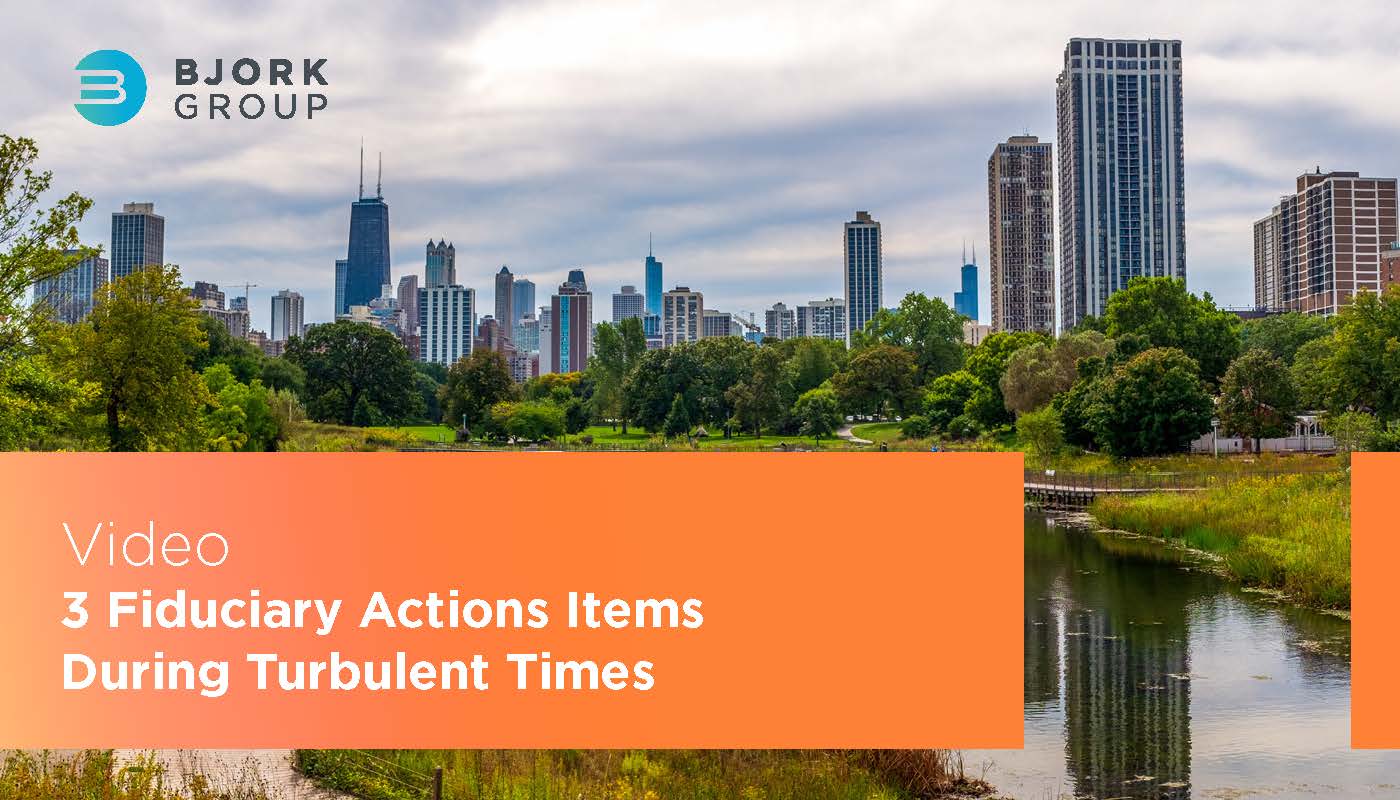Roth vs. Traditional IRA: Do You Want to Be Taxed Now or Later?
- Bjork Group
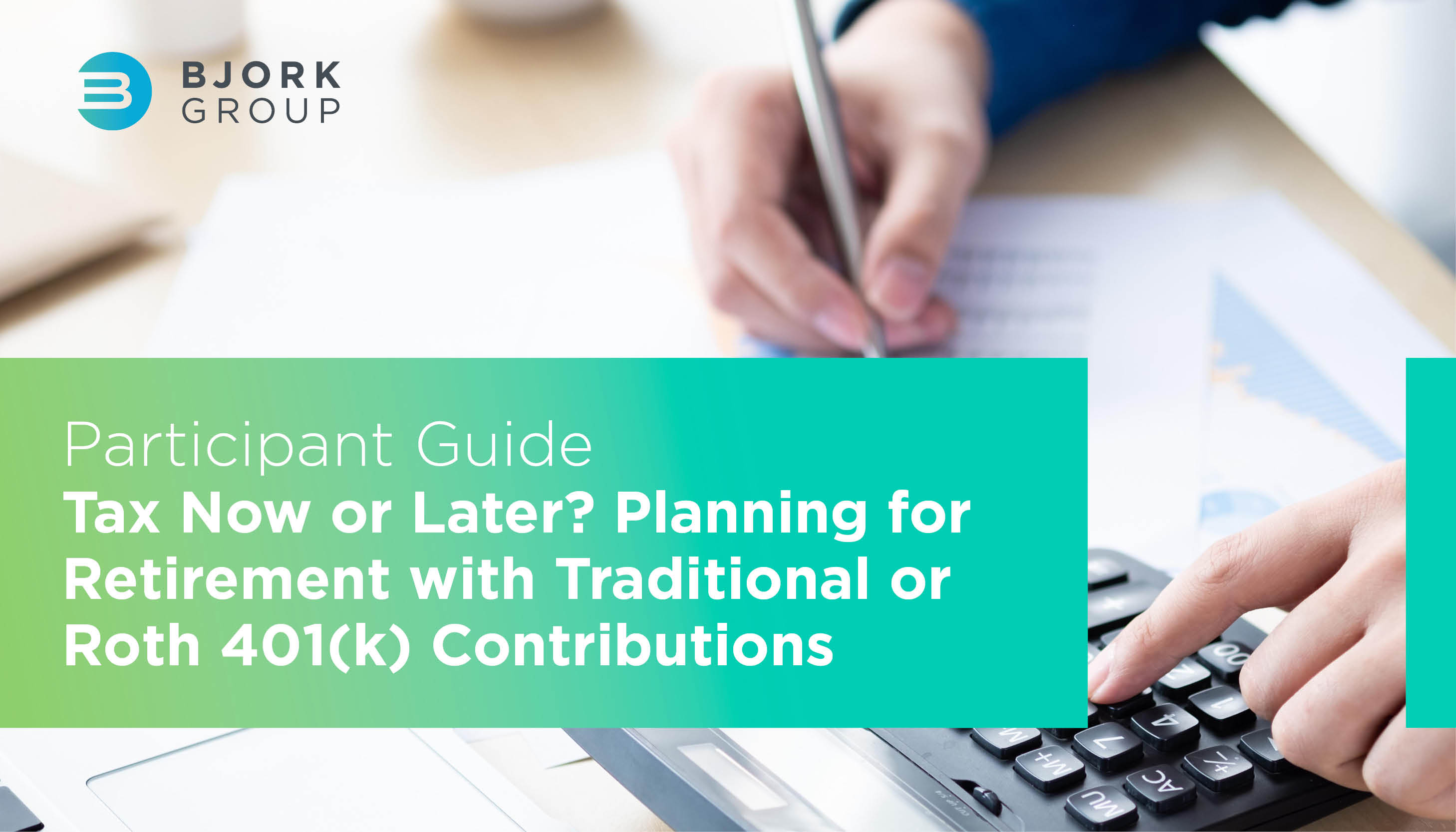
Your employees may have questions about one of the first decisions they will need to make – do they want to contribute to a Roth 401(k) or Traditional 401(k)? No matter how you slice it, taxes, income brackets and contribution availability can be confusing, and it is natural for them to need guidance.






